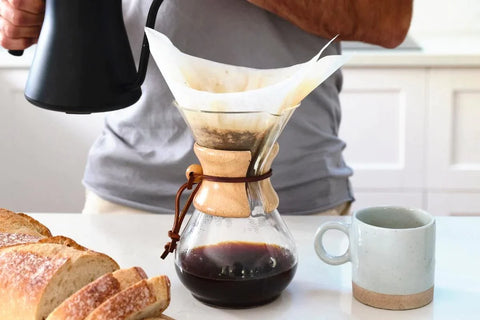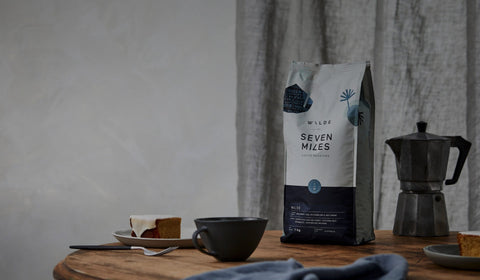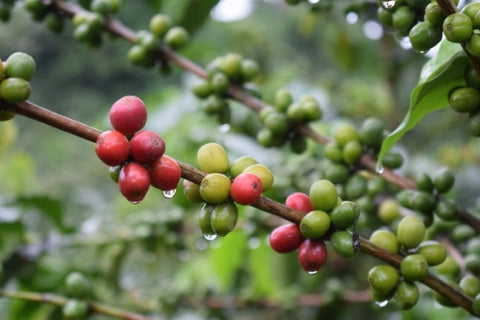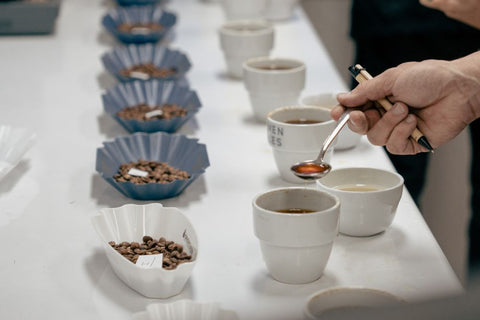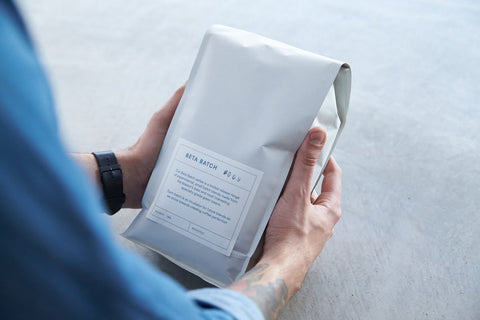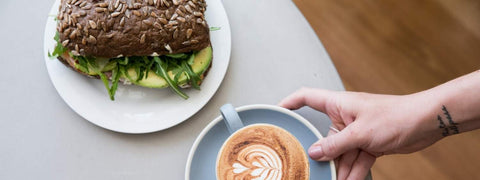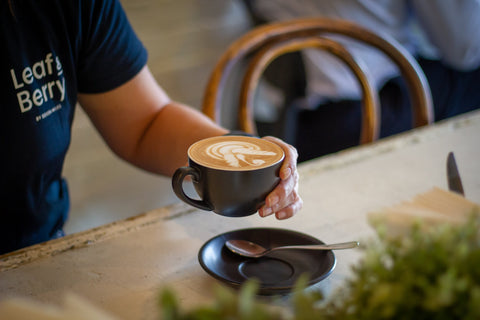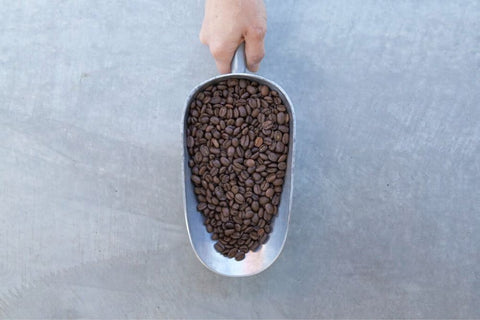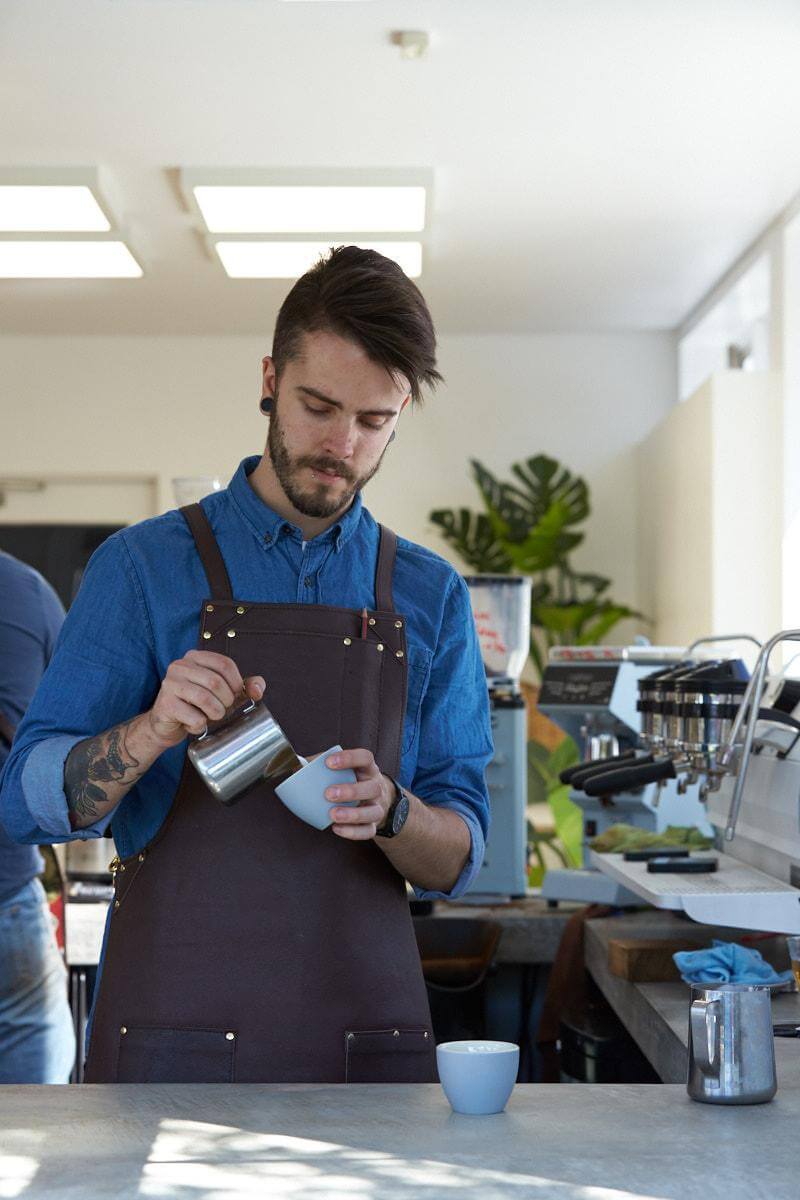Full fat, lite white, skim, soy, almond, rice, macadamia, coconut… Milk, milk and more milk. There are so many options when it comes down to milk in coffee. It’s common knowledge that the strong majority of coffees made and consumed in Australia are ‘white’. In fact, I’d be fairly comfortable in saying close to 90% of coffees have milk in them. This shows how important it is to get your milk right — if you’re nailing it, then you’ll see your customers a whole lot more. So, you want to know how to get some sexy, silky milk skills? Well, you’re in the right place — I can share a thing or two with you. To start off, it’s important you understand what we’re trying to achieve with our milk, and that is to add volume and texture. Pretty much all modern coffee machines have a wand that directs a flow of superhot steam into a stainless steel jug — this way you can push the milk around the jug while heating it, while also utilising the steam to add air, which turns into microfoam, giving the milk texture.
Positioning the Jug
I think of a milk jug is in two ways: from the top (like a clock) and from the side. This way, I can easily think through the two important parts to the process: texture and volume. Volume is added by allowing the steam wand to break the surface of the milk and creating small bubbles, and texture is gained from spinning and folding the newly created bubbles into the milk. The finished product is like a liquid marshmallow: silky smooth, sticky and shiny!
Technique: To start, fill your jug to about halfway, often at the base of the milk jug’s spout (this is the side view). As for the ‘clock’, this addresses the placement of the steam wand while you’re heating the milk. Thinking of a clock face, the wand comes into the jug from 12, and then the arm of the wand rests on the edge of the jug. The steam tip, submerged just below the surface of the milk, then directs to 5 or 7 on the clock face, depending on what is comfortable in your hands. The steam, once activated, will spin the milk so all that needs to happen is to drop the jug down (again, thinking of that side view). This will add a little bit of air to make those little bubbles and the spin will then fold those bubbles into the milk.
Heating It Up
So how hot do I let the jug get? Good question. The ideal milk temperature is about 60℃ — any hotter and the proteins of the milk start to denature, which changes the flavour of the milk. Of course, if you or your customers like hot coffee you can go hotter, it’s all about preference.
Technique: Personally, I avoid temperature probes because they need to be constantly calibrated and are tricky to keep clean, so I use the palm of my hand and my fingers instead. Once I cannot hold my hand on the jug for more than a second, I count to three and turn off the steam. The result is nice hot milk and hopefully a beautiful, creamy microfoam to pour with.
Different Types of Milk
There’s also a conversation to be had around the type of milk that you use, as some are fattier than others, or have more sugars etc., which can affect the way the milk holds once heated, how it textures and, more importantly, how it tastes as a finished product. Naturally, skim and non-dairy alternative milks are harder to work with as they do not have the fats that stick together and create microfoam, but you can get a good result — it just takes practice.
Milk Gadgets and Technology
With milk coffee being such a big deal, it naturally comes along with some pretty extraordinary gadgets. Slayer Steam, The Juggler and Übermilk are three products that have changed the game. Slayer are a popular machine manufacturer from the US, who have recently released the Slayer Steam, which is a machine with a focus on the texturing of milk. They introduced ‘The Vaporizer™’, which superheats the steam, and removes the moisture from it, creating a dry steam. Slayer claims that this affects milk sugars on a molecular level, transforming them into a larger chain and creating a sweeter product. I am yet to personally try out this machine, but it is one I do look forward to! The Juggler is an under-bench milk dispenser designed for cafes. It speeds up service, reduces waste and helps you focus on the most important part of service: the customer! The Juggler is a fridge with slide out shelves that fit a custom-made milk bladder, which is plumbed into a dispenser on the bench. The dispenser has inbuilt sensors that are programmed to deliver a set amount of cold milk when a jug is placed under the tap. Once it is all set up, it is virtually hands-free: Jug slides onto the sensor, milk is dispensed, and jug is ready to be steamed. It saves time, effort, mess and waste. It also has a 15-minute cleaning cycle to run after use every day — wonderful! Übermilk: Wow! — what a cool toy. This is from Übermilk’s website: ‘Übermilk is the innovative milk frother for baristas and restaurateurs who demand high standards of quality and operation efficiency. Create first class latte art foam for up to 200 drinks per hour – by simply pressing one button.’ The quick run of it is that it dispenses heated and textured milk directly into your milk jug in around 30 seconds — ready to pour. Very, very cool. Whatever milk your customers are drinking or technology you’re using, all of these processes and products come back to the one goal: producing a quality cup of coffee. This blog has focused on the milk side of that cup. Following these steps, and using these tools will aid you in utilising milk in the best way possible, and complementing some delicious coffee to make a bloody good cuppa. Personally, I can’t think of a better way to add to my day.
